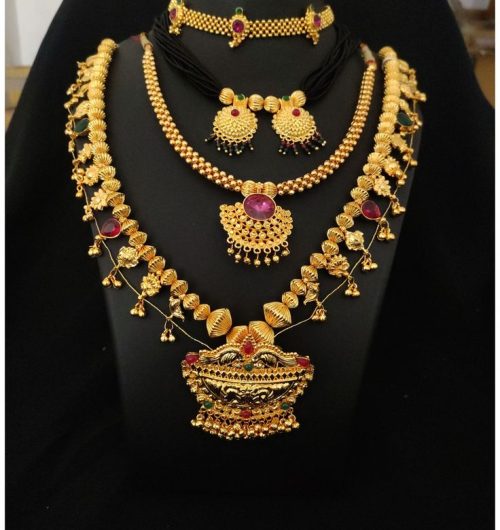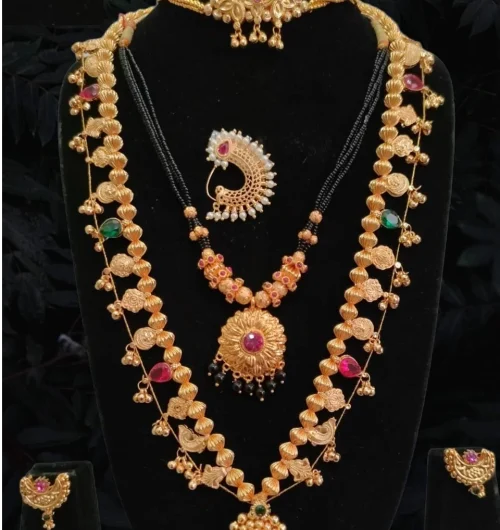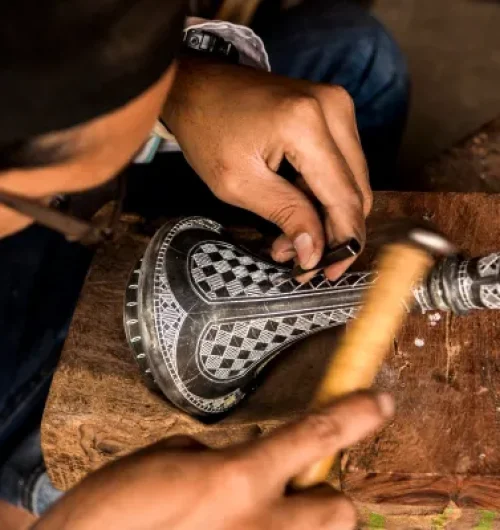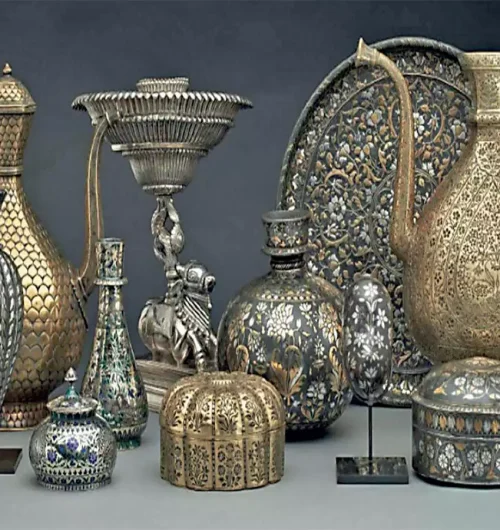Traditional Art and culture of maharashtra
clay pottery & warli painting
Clay pottery is a timeless art form practiced for thousands of years across civilizations. Creating clay pottery involves shaping and molding the earthy material into various forms, ranging from functional vessels like bowls, cups, and jars to decorative sculptures and art pieces. One of the remarkable aspects of clay pottery is its versatility, allowing artisans to express their creativity through different techniques such as wheel throwing, hand-building, and sculpting. Each piece of clay pottery carries a unique character, reflecting the craftsmanship, cultural influences, and artistic vision of the potter. On the other hand, Warli painting is a traditional tribal art form originating from the Warli tribe of Maharashtra, India. It is known for its simple yet captivating style characterized by intricate white patterns on a dark background, typically created using rice paste and natural pigments. Warli paintings often depict scenes from rural life, folklore, festivals, and nature, showcasing the tribe's deep connection to the natural world and their cultural heritage. The rhythmic geometric patterns and symbolic motifs in Warli art convey stories of harmony, community, and spiritual beliefs, making it not just a form of decoration but a medium of storytelling and cultural expression. Both clay pottery and Warli painting exemplify traditional crafts' rich cultural diversity and artistic ingenuity. They serve as bridges connecting us to our heritage, reminding us of the beauty and significance of handmade artistry in today's modern world. Whether it's the tactile appeal of a handcrafted clay pot or the visual narrative of a Warli painting, these art forms continue to inspire admiration and appreciation for the intricacies of human creativity and craftsmanship.
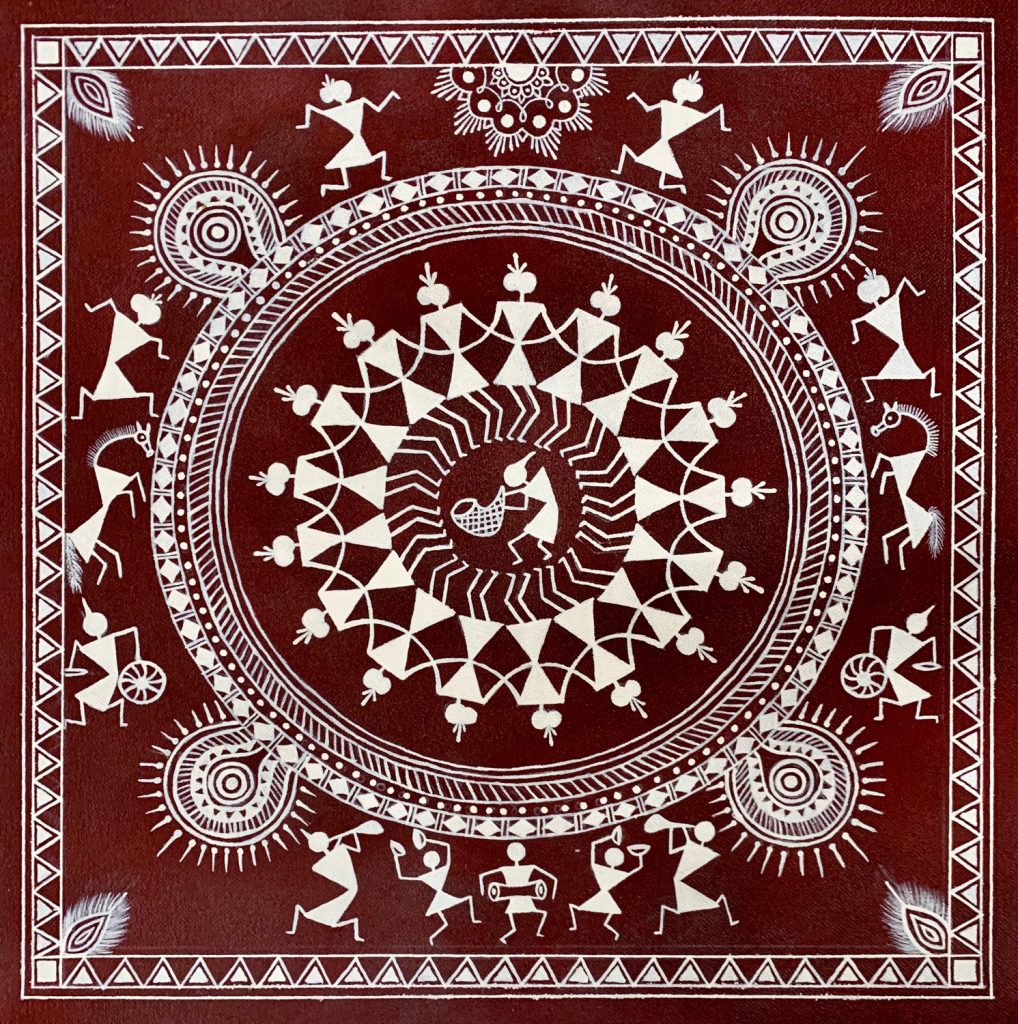
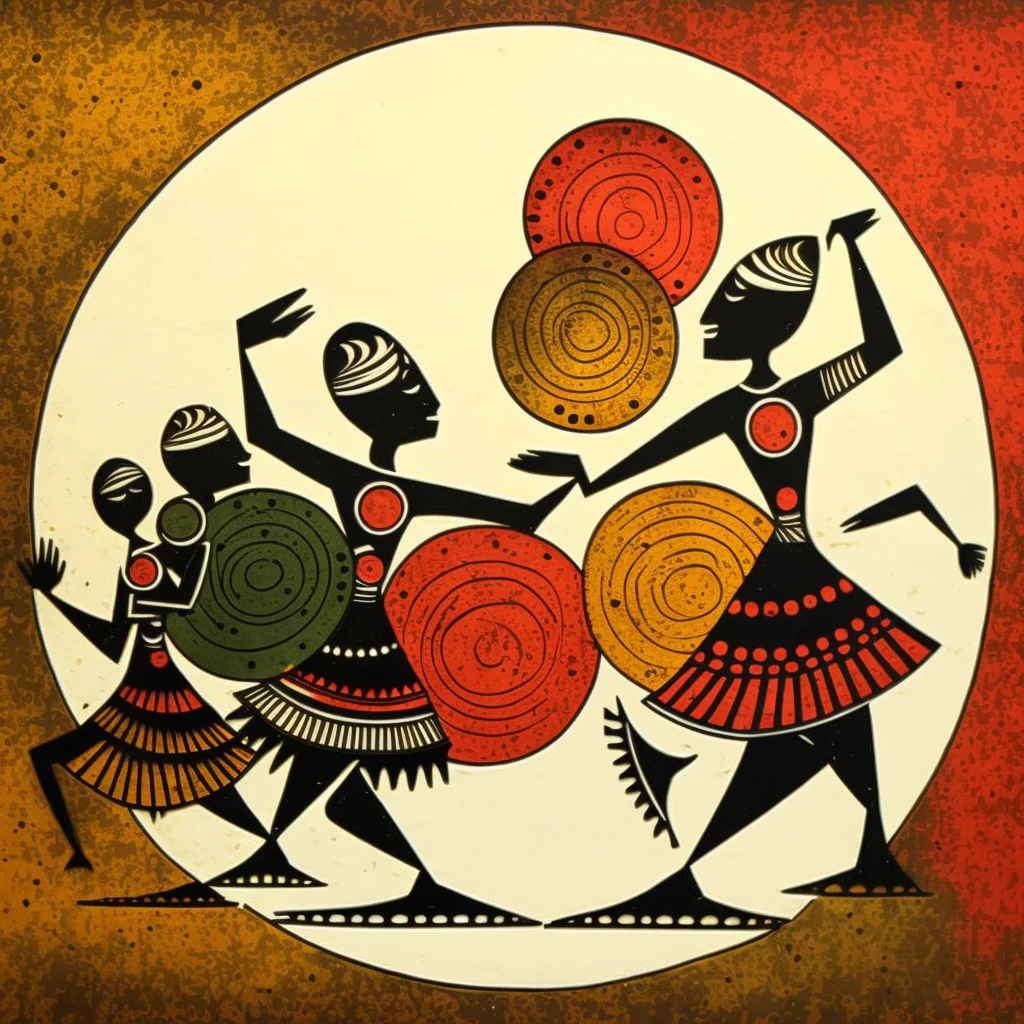
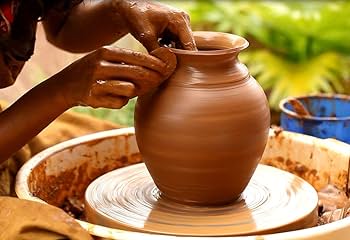
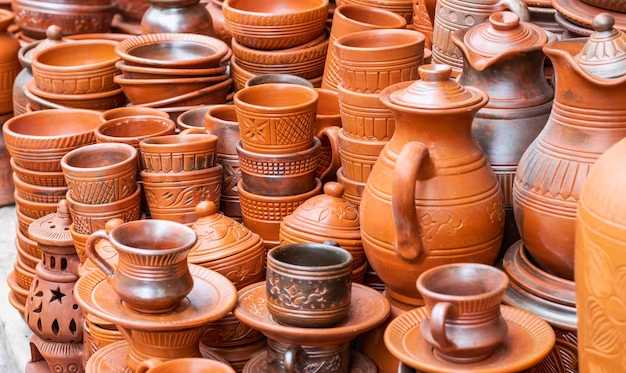
yeola paithani & kolhapuri chappal
Kolhapuri chappals are a quintessential part of Indian footwear heritage, originating from the town of Kolhapur in Maharashtra. These handmade leather sandals are renowned for their durability, comfort, and distinct design. Crafted by skilled artisans using traditional techniques passed down through generations, Kolhapuri chappals feature intricate stitching, decorative embellishments, and a unique shape that provides excellent support to the feet. The use of high-quality leather and natural dyes gives them a rustic charm and a timeless appeal. Kolhapuri chappals are not just footwear; they represent a cultural legacy and a symbol of craftsmanship that has stood the test of time. Yeola Paithani, on the other hand, is a celebrated art form in the realm of Indian textiles, specifically renowned for its exquisite silk sarees. Originating from Yeola, a town in Maharashtra, Yeola Paithani sarees are characterized by their vibrant colors, intricate motifs, and luxurious silk fabric. What sets Yeola Paithani apart is the intricate weaving technique used to create intricate patterns like peacocks, flowers, and geometric designs on a shimmering silk canvas. Each saree is a masterpiece, taking several weeks to months to complete, showcasing the dedication and skill of the weavers. Yeola Paithani sarees are not just garments; they are a symbol of elegance, tradition, and artistic finesse, making them highly coveted among saree connoisseurs and collectors. Both Kolhapuri chappals and Yeola Paithani represent the rich cultural heritage and craftsmanship of Maharashtra. They embody the dedication of artisans who have preserved these traditional art forms, passing them down from one generation to the next. These creations are not just products; they are a reflection of the artistic legacy and cultural pride that continue to thrive in contemporary times, connecting us to our roots and celebrating the beauty of Indian craftsmanship.
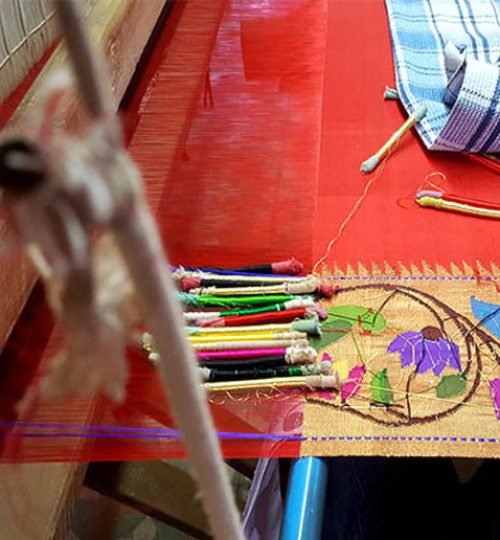
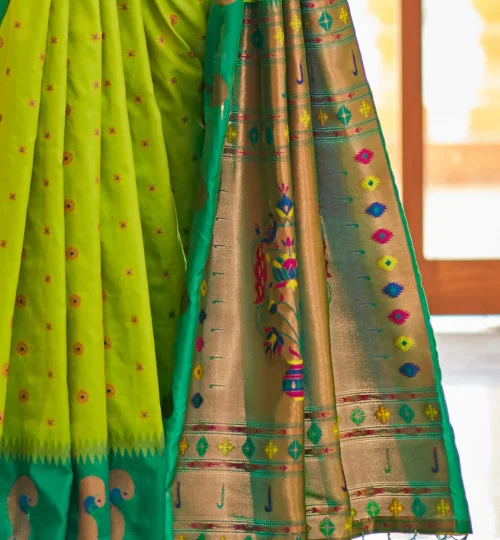
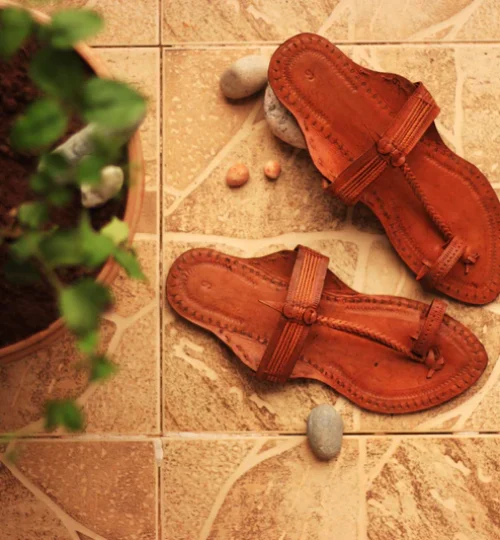
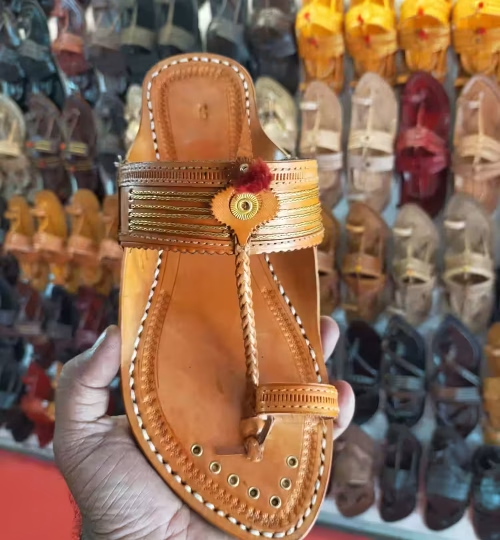
traditional jewellery & bidriware
Traditional jewelry of Maharashtra is a vibrant reflection of the state's rich cultural heritage and artistic prowess. From intricate necklaces and bangles to ornate earrings and nose pins, Maharashtrian jewelry is known for its exquisite craftsmanship, symbolic motifs, and use of precious metals and gemstones. One of the most iconic pieces of Maharashtrian jewelry is the 'Thushi,' a choker-style necklace adorned with intricate gold beads and often featuring a central pendant. Another notable ornament is the 'Nath,' a nose ring typically worn by Maharashtrian brides, embellished with pearls, stones, and delicate filigree work. Maharashtrian jewelry is steeped in tradition and carries deep cultural significance, often passed down as heirlooms from one generation to the next, symbolizing familial ties and heritage. Bidriware, on the other hand, is a distinctive metalwork art form originating from Bidar, Karnataka, but widely appreciated and crafted in Maharashtra as well. Bidriware is characterized by its striking contrast of silver inlay work against a blackened metal background, usually made of an alloy of zinc and copper. Artisans meticulously handcraft Bidriware using intricate techniques such as embossing, engraving, and inlaying silver wires or sheets to create intricate patterns and designs on various objects like vases, trays, boxes, and jewelry. The final pieces are then oxidized to achieve the signature black color, enhancing the brilliance of the silver motifs. Bidriware is not only visually captivating but also symbolizes the skill and artistry of craftsmen who have preserved this centuries-old craft, making it a cherished art form in Maharashtra and beyond. Both traditional jewelry of Maharashtra and Bidriware represent the artistic excellence and cultural diversity of Indian craftsmanship. They showcase the mastery of artisans who have honed their skills over generations, creating timeless pieces that resonate with cultural heritage and aesthetic beauty. These art forms serve as cultural ambassadors, bridging the past with the present and preserving the legacy of India's rich artisanal traditions.
